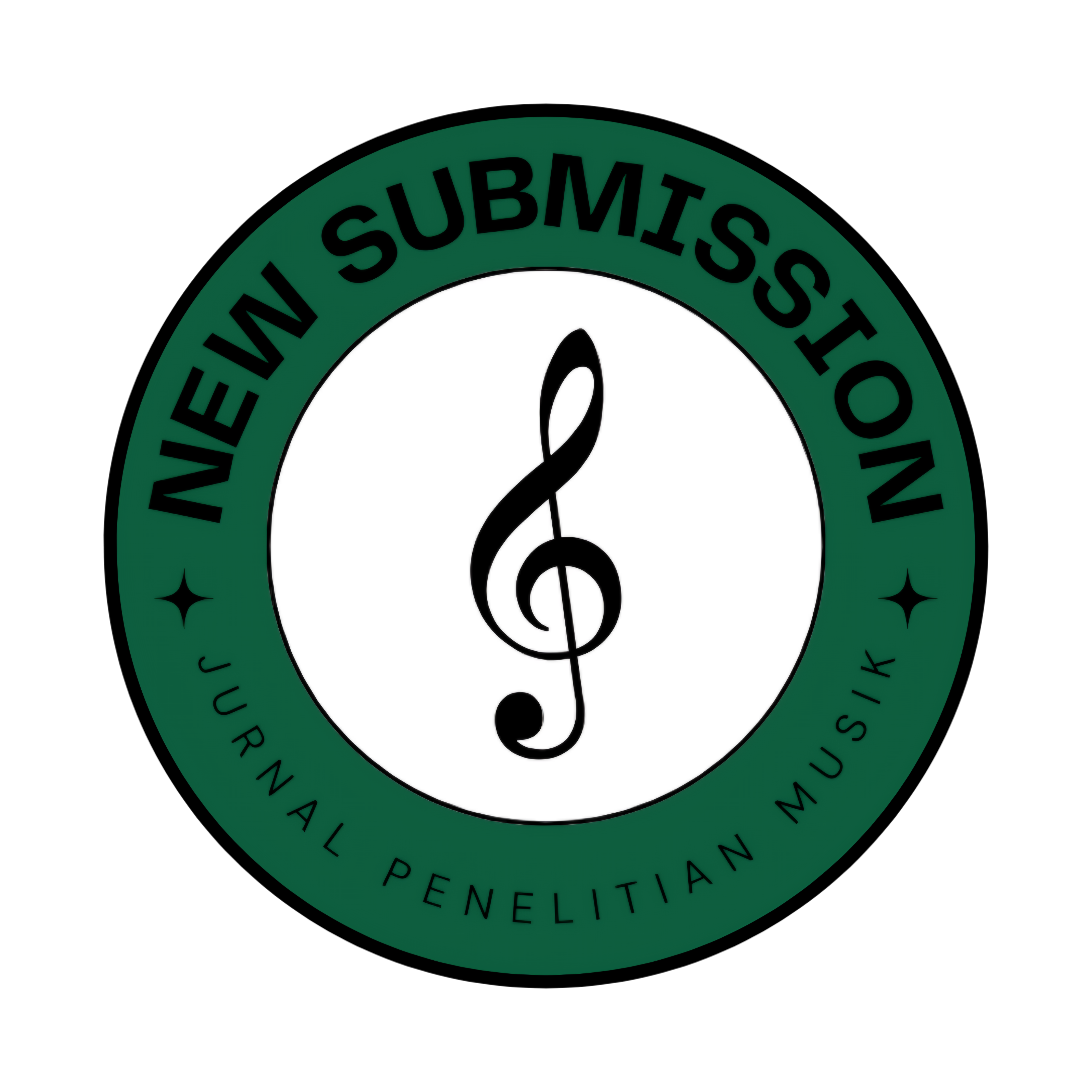THE APPLICATION OF THE KODÁLY METHOD IN INSTILLING CHILDREN’S MUSICIANSHIP
DOI:
https://doi.org/10.21009/JurnalPenelitianMusik.51.02Keywords:
Kodály Method, Children Musicianship, Early ChildhoodAbstract
This research aims to discover how to apply the Kodály Method of instilling Children’s Musicianship. Kodály Method was initiated by Zoltan Kodály, the Hungarian music educator. The principle of Kodály is that music education should be taught from an early age, music lessons must be enjoyable and prioritize the child's voice in their activities; the songs used are songs that the children already know. The characteristics are using tonic solfa, rhythm syllables, and hand signs. The method used in this research is literature review method with a narrative systematic review analysis technique. The data come from research results obtained from google's search engine, researchgate, repository, semantic scholar, 123doc.com, the physical journal of the Kodály Music Education Institute of Australia (KMEIA) 2000-2012, and the book Kodály in the first-grade classroom. The study was conducted in Depok, West Java, from May 2021 to June 2022. A total of 16 articles related to the research topic were analyzed by making marginal notes, giving colors, categorizing by creating tables, and summarizing existing research results to be integrated and then presented with more comprehensive facts to draw conclusions. (Creswell ; Miles & Huberman 2014). This study indicates that learning activities performed by using the Kodály method can reinforce children's musicianship; can introduce tones and melodies to children, increasing the precision of pitch, sense of rhythm, dynamics, and tempo of the song. In other words, the study results show that the Kodaly method's application is excellent in instilling Children’s Musicianship.
Downloads
Published
Issue
Section
License
Copyright (c) 2024 Shofia Ridha Putri, Rien Safrina

This work is licensed under a Creative Commons Attribution 4.0 International License.






